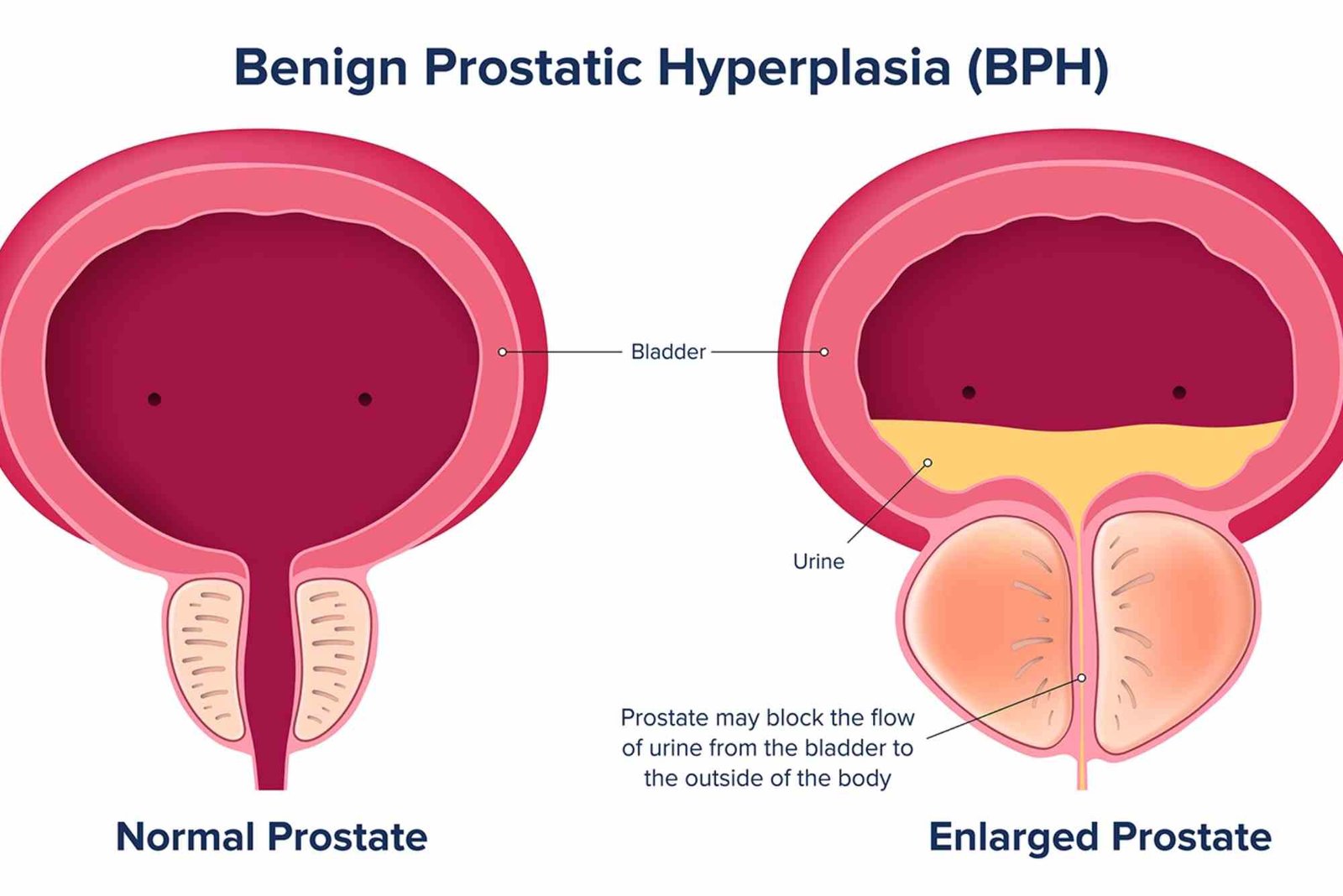Vanilla extract is a popular ingredient that adds rich flavor to desserts, beverages, and even savory dishes. It is used in everything from cakes and cookies to ice cream and even perfumes. But have you ever wondered where vanilla extract comes from? This article explores the fascinating history and production process of vanilla extract, from its origins in tropical climates to its place in modern kitchens worldwide. Let’s take a deep dive into the world of vanilla extract and discover its origins, how it’s made, and its role in our everyday lives.
The Origins of Vanilla Extract
The story of vanilla extract begins with the vanilla bean, which is the source of the extract. The vanilla bean comes from the vanilla orchid, a tropical plant native to Mexico. The word “vanilla” is derived from the Spanish word “vainilla,” meaning “little pod,” which perfectly describes the shape of the vanilla bean.
The vanilla orchid was first cultivated by the Totonac people of Mexico around 1000 BCE, and it was later introduced to Europe after the Spanish conquest of Mexico.
In the 16th century, the Spanish explorer Hernán Cortés is credited with introducing vanilla to the European market. By the 18th century, the vanilla orchid had spread to other tropical regions, such as Madagascar, Réunion, and the Comoros Islands, where it thrives today. These regions now produce the majority of the world’s vanilla.
The Production of Vanilla Extract

The production of vanilla extract is a detailed process that requires careful cultivation, harvesting, and preparation of the vanilla beans. Here’s a breakdown of the process:
Vanilla Bean Cultivation
Vanilla orchids are grown in tropical climates with high humidity and consistent temperatures. They require a lot of care, as the flowers of the vanilla orchid only bloom for a single day each year, making pollination a rare event. In regions outside of Mexico, vanilla flowers are hand-pollinated to ensure that the plants produce beans. This process is labor-intensive and requires skilled workers.
Harvesting the Beans
Once the vanilla beans have matured, they are harvested by hand. The beans are picked when they are still green and not yet fully ripe. The beans are then prepared for curing.
Curing the Beans
Curing is one of the most important steps in the production of vanilla extract. The beans are first blanched in hot water, which helps to break down their cell walls and release their essential oils. After blanching, the beans are sun-dried and then sweat-cured in a controlled environment. This process can take several months, during which the beans develop their rich flavor and aroma.
Extraction Process
After the beans have been cured, they are ready to be turned into vanilla extract. The beans are soaked in alcohol, typically ethanol, for several weeks. During this time, the alcohol extracts the aromatic compounds from the vanilla beans, including vanillin, the compound responsible for vanilla’s signature flavor and fragrance. The longer the beans are left to steep in the alcohol, the more intense the flavor of the extract will be.
Filtering and Bottling
Once the extraction process is complete, the mixture is filtered to remove any solids. The resulting liquid is vanilla extract, which is then bottled and ready for use in cooking and baking.
Why Is Vanilla Extract So Expensive?
One of the reasons vanilla extract is so expensive is due to the labor-intensive process required to grow and harvest vanilla beans. Vanilla orchids are difficult to cultivate, and the beans themselves take months to cure.
Additionally, the demand for vanilla has increased significantly in recent years, especially as the use of vanilla extract in natural food products has risen. The combination of these factors has led to a high price for vanilla extract, particularly pure vanilla extract.
Types of Vanilla Extract
There are several types of vanilla extract available, each with its own characteristics. The two main types are:
Pure Vanilla Extract
Pure vanilla extract is made using only vanilla beans and alcohol, with no artificial additives. This type of extract is highly prized for its rich flavor and is the most expensive variety.
Imitation Vanilla Extract
Imitation vanilla extract is made using synthetic vanillin, which is derived from wood pulp or other plant sources. While imitation vanilla extract is much cheaper than pure vanilla extract, it lacks the depth of flavor found in the real thing.
The Benefits of Vanilla Extract in Cooking
Vanilla extract is a versatile ingredient that can enhance the flavor of both sweet and savory dishes. Here are some of the benefits of using vanilla extract in cooking:
Flavor Enhancement
The primary benefit of vanilla extract is its ability to enhance the flavors of other ingredients. It has a complex flavor profile that can bring out the best in baked goods, beverages, and even savory dishes.
Natural Sweetness
Vanilla extract adds a natural sweetness to recipes, reducing the need for added sugar. This can be especially beneficial in health-conscious cooking.
Aromatherapy Benefits
The aroma of vanilla extract is calming and soothing, making it a popular choice in aromatherapy. The scent of vanilla is known to reduce stress and anxiety.
Where to Buy Vanilla Extract

You can purchase vanilla extract at most grocery stores, specialty food stores, and online retailers. When buying vanilla extract, it’s important to choose a high-quality product. Look for pure vanilla extract made with real vanilla beans and avoid products that contain artificial flavorings.
Table: Comparison of Different Types of Vanilla Extract
| Type of Vanilla Extract | Flavor Profile | Ingredients | Price Range |
|---|---|---|---|
| Pure Vanilla Extract | Rich, complex | Vanilla beans, alcohol | High |
| Imitation Vanilla Extract | Sweet, synthetic | Vanillin, artificial flavorings | Low |
| Vanilla Bean Paste | Thick, rich | Vanilla beans, syrup, alcohol | Moderate |
| Vanilla Powder | Subtle, smooth | Dried vanilla beans, corn starch | Moderate |
FAQs About Vanilla Extract
1. What is the difference between pure vanilla extract and imitation vanilla extract?
Pure vanilla extract is made from real vanilla beans, while imitation vanilla extract is made from synthetic vanillin. Pure vanilla extract has a more complex flavor and is typically more expensive.
2. Can I make my own vanilla extract at home?
Yes, you can make your own vanilla extract by soaking vanilla beans in alcohol, such as vodka or rum, for several months. This process will extract the vanilla flavor from the beans and create your own homemade extract.
3. Is vanilla extract gluten-free?
Most pure vanilla extract is gluten-free, but it’s always important to check the label to ensure that no gluten-containing additives have been included.
4. How long does vanilla extract last?
When stored in a cool, dark place, vanilla extract can last indefinitely. The flavor may mellow over time, but it will not spoil.
5. Can I use vanilla extract in savory dishes?
Yes, vanilla extract can be used in savory dishes to add a unique depth of flavor. It pairs well with meats, sauces, and even vegetables.
Vanilla extract is a fascinating ingredient with a rich history and a labor-intensive production process. From its origins in Mexico to its widespread use in kitchens around the world, vanilla extract has become a staple in cooking and baking.
Whether you’re using it in desserts, beverages, or savory dishes, the complex flavor and aroma of vanilla extract can elevate any recipe. So the next time you use vanilla extract, you can appreciate the time and effort that goes into creating this beloved ingredient.




